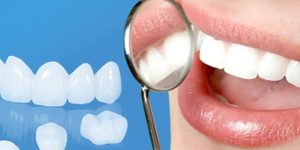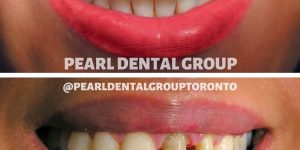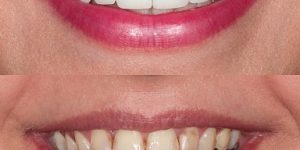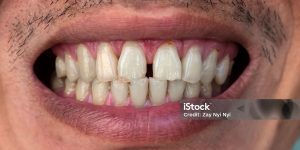When it comes to maintaining or enhancing your smile, you’ve probably heard about the debate: Cosmetic vs. Restorative Care Dental. While both types of dental care are designed to improve your overall dental health, they have different goals and purposes. Cosmetic dentistry focuses primarily on improving the appearance of your teeth, while restorative care aims to restore function and health to your teeth that may have been damaged or lost. Keep reading to learn more about the key differences between cosmetic and restorative dentistry, and discover which option might be right for you.
What Are the Key Differences Between Cosmetic and Restorative Dentistry?
Understanding the difference between cosmetic and restorative dentistry is important because each focuses on a different aspect of your dental health. Below, we’ll break down the primary distinctions between the two, including their purposes, procedures, materials, and costs. We’ve also included a simple comparison table to help visualize the difference.
| Aspect | Cosmetic Dentistry | Restorative Dentistry |
| Primary Goal | Enhance the appearance of your teeth | Restore function and health of damaged or missing teeth |
| Purpose | Aesthetic improvements (whitening, reshaping, etc.) | Repair and replace teeth (fillings, crowns, implants, etc.) |
| Examples of Procedures | Teeth whitening, veneers, bonding, crowns | Fillings, dental implants, crowns, bridges, dentures |
| Materials Used | Porcelain, composite resin, ceramics | Metal alloys, porcelain, composite resin, ceramics |
| Insurance Coverage | Often not covered or minimally covered | Often covered by insurance depending on the treatment |
| Cost | Generally higher due to aesthetic materials and techniques | Varies based on the procedure, but typically covered by insurance |
What Are the Procedures of Dental Cosmetic and Restorative Services?
Both cosmetic and restorative dentistry include a variety of procedures that can help you achieve the smile you’ve always wanted, but the focus is different. Let’s explore what these procedures typically involve.
Common Procedure of Cosmetic Dentistry
Some of the most common cosmetic dental procedures include:
- Veneers: Thin shells made of porcelain or resin are applied to the front of your teeth to cover imperfections such as stains, chips, or gaps.
- Teeth Whitening: This is one of the most popular cosmetic treatments, brightening your teeth and giving your smile a refreshed look.
- Bonding: A tooth-colored resin is applied to teeth to repair chips, cracks, or gaps.
- Crowns: Although crowns are also a restorative treatment, they can be used cosmetically to improve the appearance of a tooth that’s misshapen or severely discolored. According to ADA, crowns can also be used to attach bridges, protect a weak tooth from breaking or restore one that’s already broken.
These treatments are generally focused on improving the look of your smile and boosting your confidence, although they may indirectly improve the health of your teeth in some cases.

Common Procedure of Restorative Dentistry
Restorative dental procedures are designed to fix damaged or missing teeth to restore function. Some common restorative treatments include:
- Fillings: Used to treat cavities, fillings restore the tooth’s structure and prevent further decay. Materials used can include porcelain, composite resin, or amalgam.
- Crowns: A crown may be placed over a damaged tooth to restore its strength and functionality, especially if a large portion of the tooth has been lost.
- Dental Implants: A titanium post is surgically placed into the jawbone to replace a missing tooth. An artificial tooth is then attached to the post.
- Bridges: If you’re missing one or more teeth, a bridge can be used to fill the gap by attaching to the surrounding teeth or implants.
Restorative procedures focus more on the health and function of your teeth, aiming to ensure they remain strong and free from further complications.
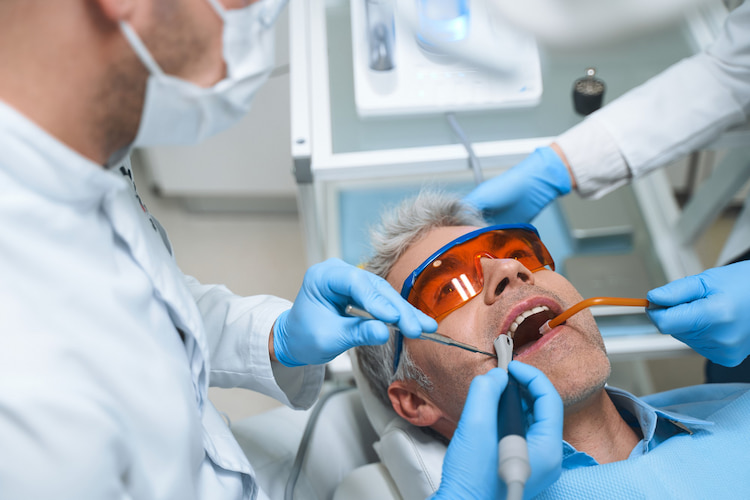
What Materials Are Used in Restorative and Cosmetic Dentistry?
The materials used in both cosmetic and restorative dentistry impact the quality and durability of treatments.
- Cosmetic Dentistry: Focuses on aesthetics.
- Porcelain: Commonly used for veneers and crowns, mimicking natural tooth enamel.
- Composite Resins: Popular for bonding and fillings due to their ability to blend with natural teeth.
- Restorative Dentistry: Prioritizes strength and function.
- Metal Alloys, Porcelain, Composite Resins: Used for crowns and fillings, depending on patient needs.
- Titanium: The standard material for dental implants due to its biocompatibility with the jawbone.
While restorative materials prioritize durability, modern advancements ensure many options now offer both strength and aesthetics.
Ready for a Healthy, Beautiful Smile?
At Pearl Dental Group, we specialize in both cosmetic and restorative dental care to help you achieve a smile that looks great and feels great. Contact us today to schedule a consultation and find out which treatment is right for you!
How to Decide Between Cosmetic and Restorative Care
Choosing between cosmetic and restorative care depends on your specific dental needs.
- Cosmetic Dentistry: Best for improving appearance.
- Ideal for discoloration, gaps, or chipped teeth.
- Treatments include veneers, bonding, and whitening.
- Restorative Dentistry: Focuses on function and health.
- Needed for damaged or missing teeth.
- Includes fillings, crowns, implants, and dentures.
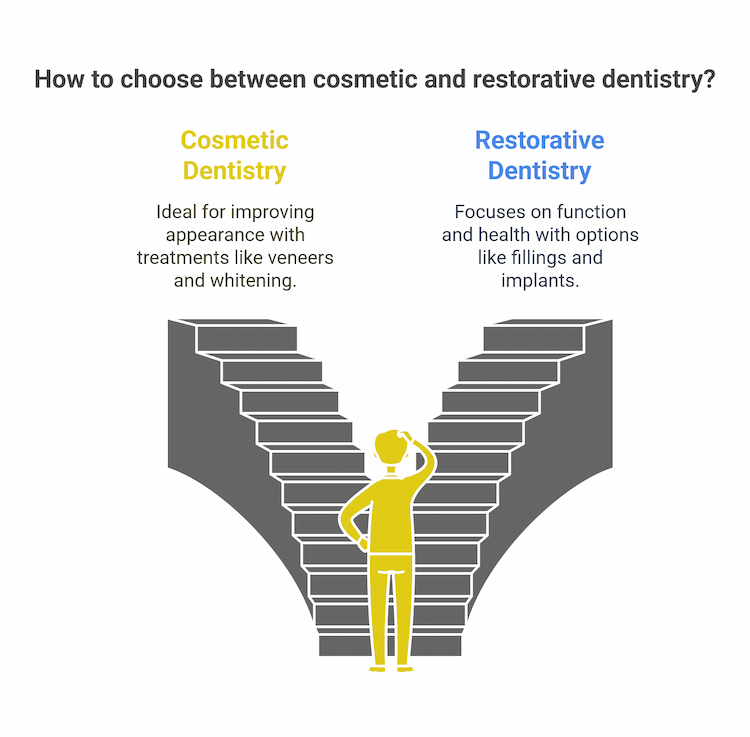
Many patients combine both treatments; for example, getting a dental implant for function and veneers for aesthetics.To make the right choice, consult your dentist to create a personalized treatment plan based on your goals and oral health.
At our dental practice, we’ve helped many patients decide between cosmetic and restorative treatments based on their unique needs. One patient, Samantha, came to us feeling self-conscious about her smile. She had a chipped front tooth and discoloration from years of coffee drinking. After discussing her goals, we recommended veneers to restore her smile’s brightness and shape.
If you’re not sure whether you need cosmetic or restorative dental treatments, our team at Pearl Dental Group is here to help! Please contact us now and not only find out the best solution for your dental problems, but also experience top-quality dental procedure by professional dentists.
FAQs
-
Can a procedure be both cosmetic and restorative? If so, how?
Yes, some procedures can be both cosmetic and restorative. For example, crowns can restore the function of a damaged tooth while also improving its appearance.
-
Is it better to have restorative treatments before cosmetic procedures?
Yes, it’s usually better to address any underlying health issues before focusing on cosmetic enhancements. Restorative treatments ensure that your teeth are healthy before improving their appearance.
-
How do I know if I need cosmetic or restorative care?
If you’re dealing with a functional issue like a cavity, missing tooth, or damaged tooth, restorative care is likely the solution. If you’re more concerned about the appearance of your teeth, cosmetic care may be more appropriate.
-
Is cosmetic dental care just for looks, or can it also improve my oral health?
While cosmetic dentistry is primarily focused on appearance, certain procedures like veneers can also help protect teeth and improve overall oral health by covering up damage or decay.
-
What should I prioritize: improving my smile’s appearance or addressing oral health issues?
It’s best to prioritize oral health issues first. Once your teeth are healthy, you can focus on improving their appearance with cosmetic procedures.




